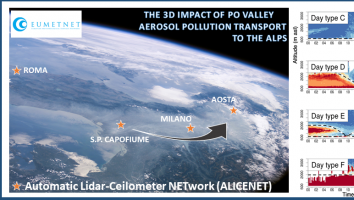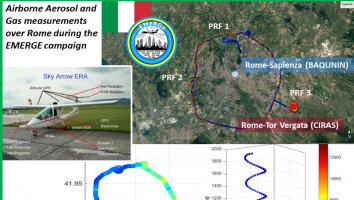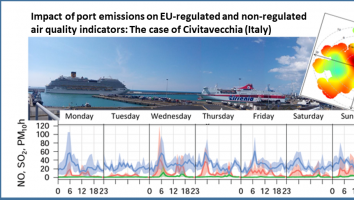Current research on air pollution – climate interactions focuses on particular regions of the planet considered to be the most vulnerable to global change, that are called "hotspots". These areas encompass pollution hotspots with high levels of toxic compounds (PM, NOx, ozone) and climate-warming agents (ozone and black carbon) as well as background regions where positive feedbacks between atmospheric warming and ecosystem lead to an amplification of the climate change. For these reasons, polar and mountain regions, as well as megacities and large urban complexes are among the priority research areas on air pollution – climate interactions identified in the most recent GAW implementation plan. Taking into account the regional and local characteristics of the human landscape is also key for estimating possible co-benefits of de-carbonization, in respect to air quality, human health and food security.
In this context ISAC research is dedicated to the characterization of the chemical-physical composition of the Earth's atmosphere at various time scales and to the study of dynamic and radiative processes based on observational activities carried out at specific hotspot areas, such as high-altitude sites, polar environments, the Mediterranean basin and urban areas therein.



